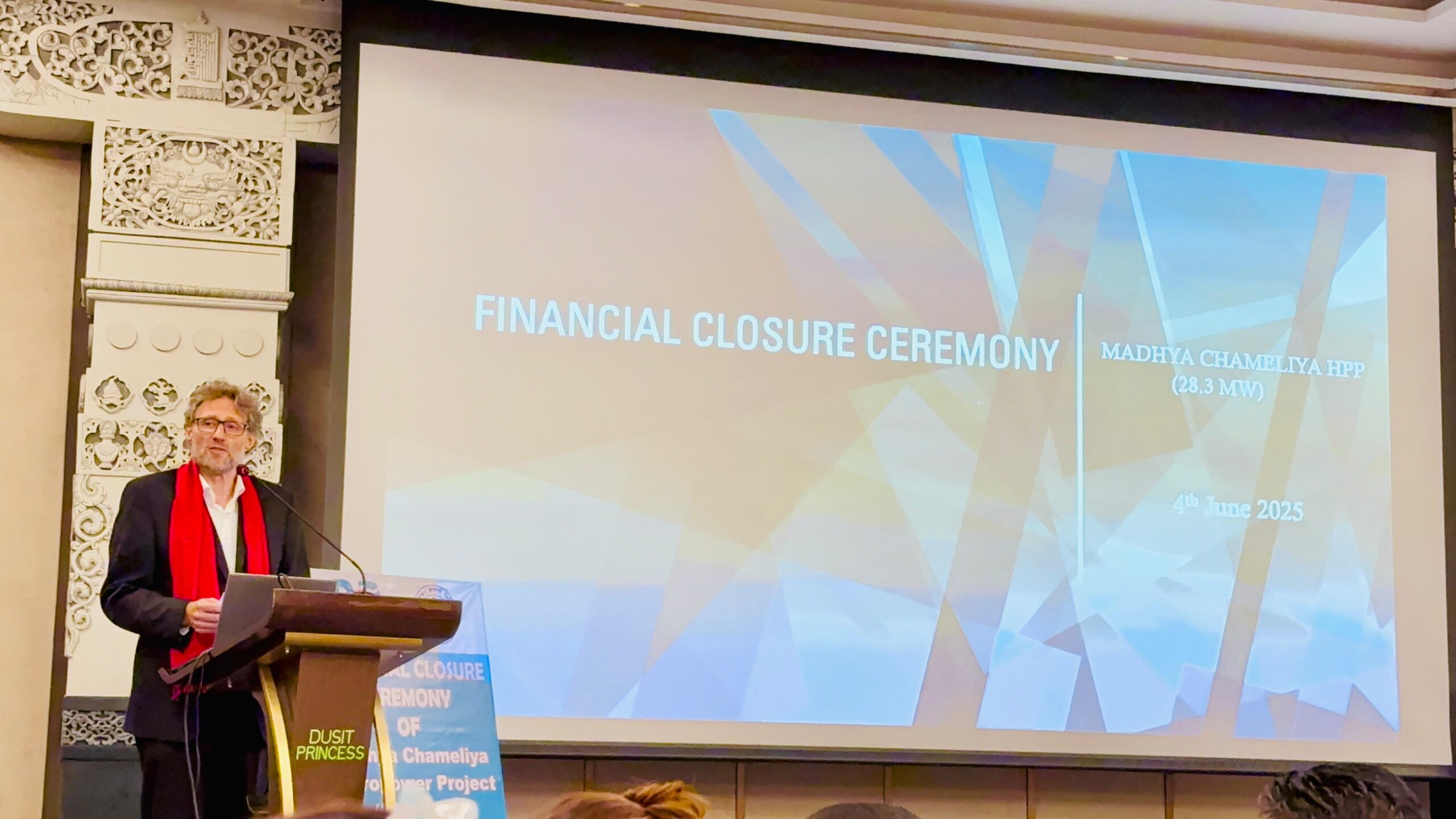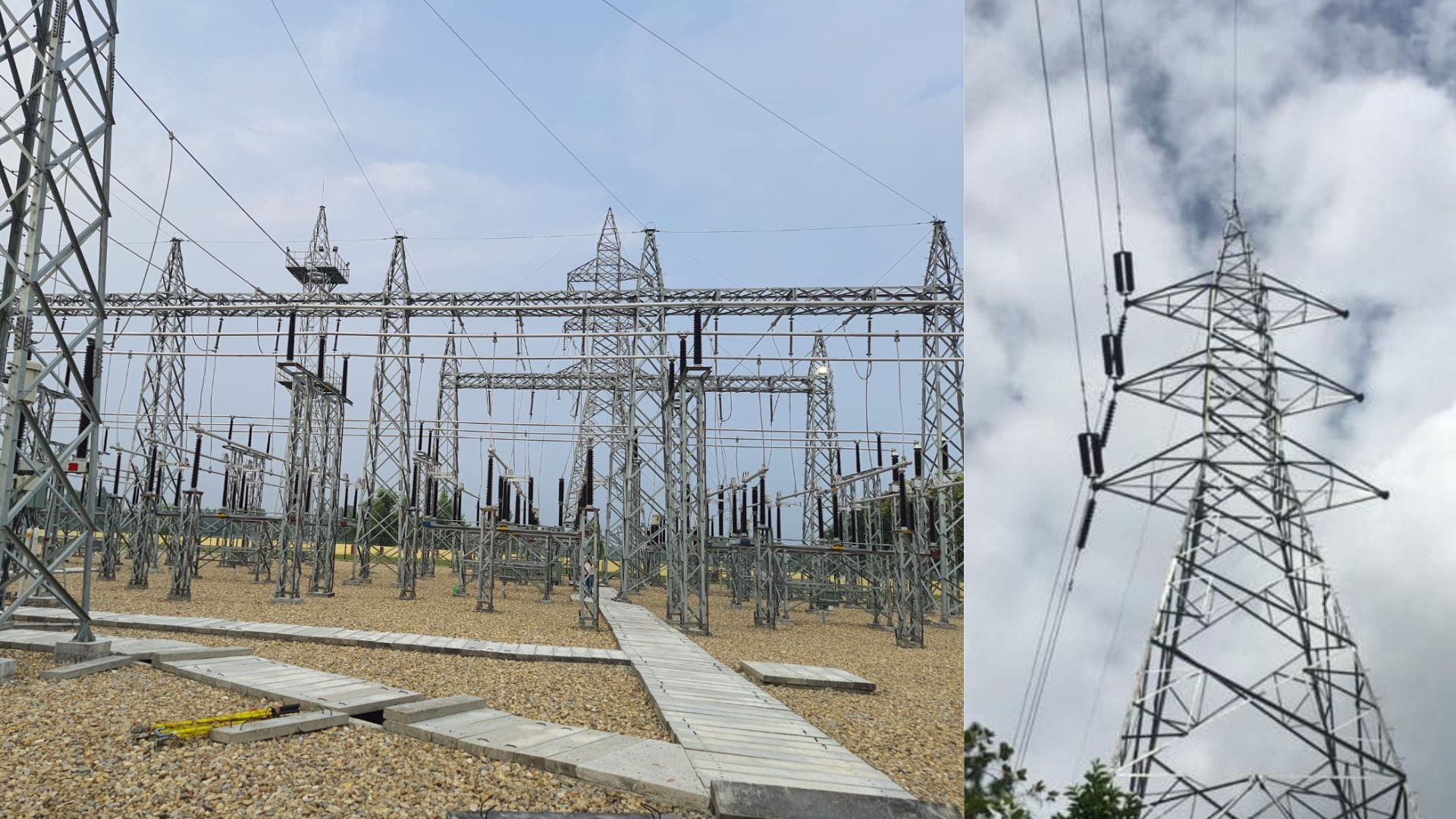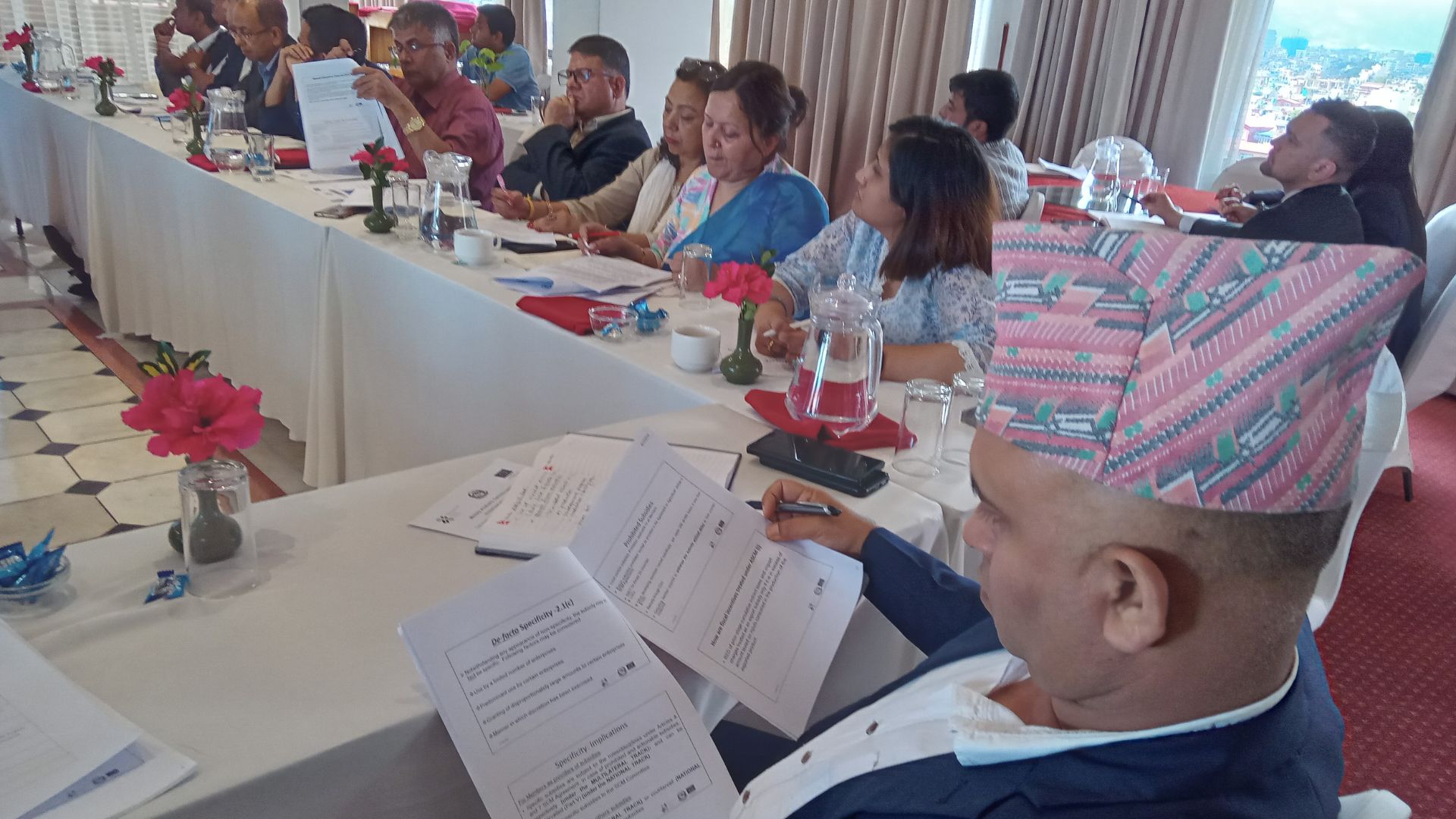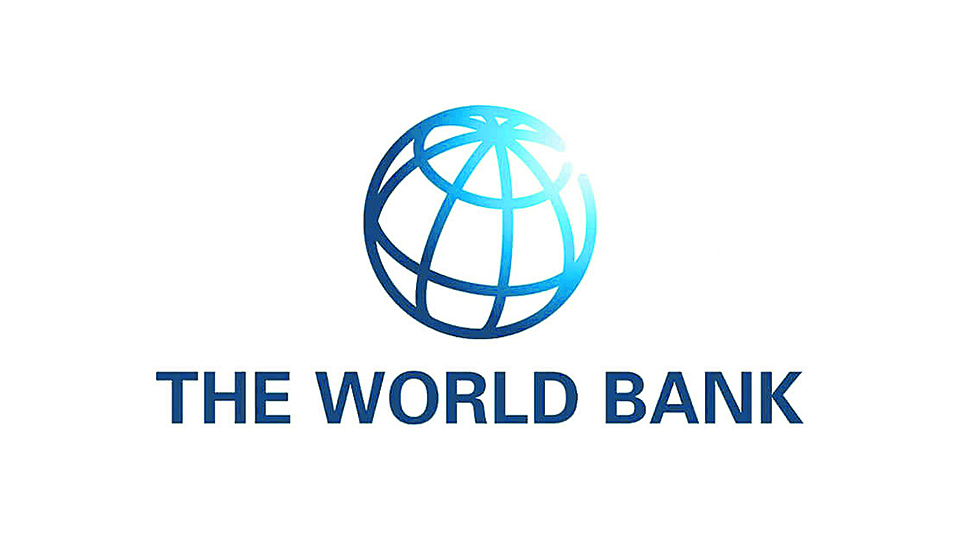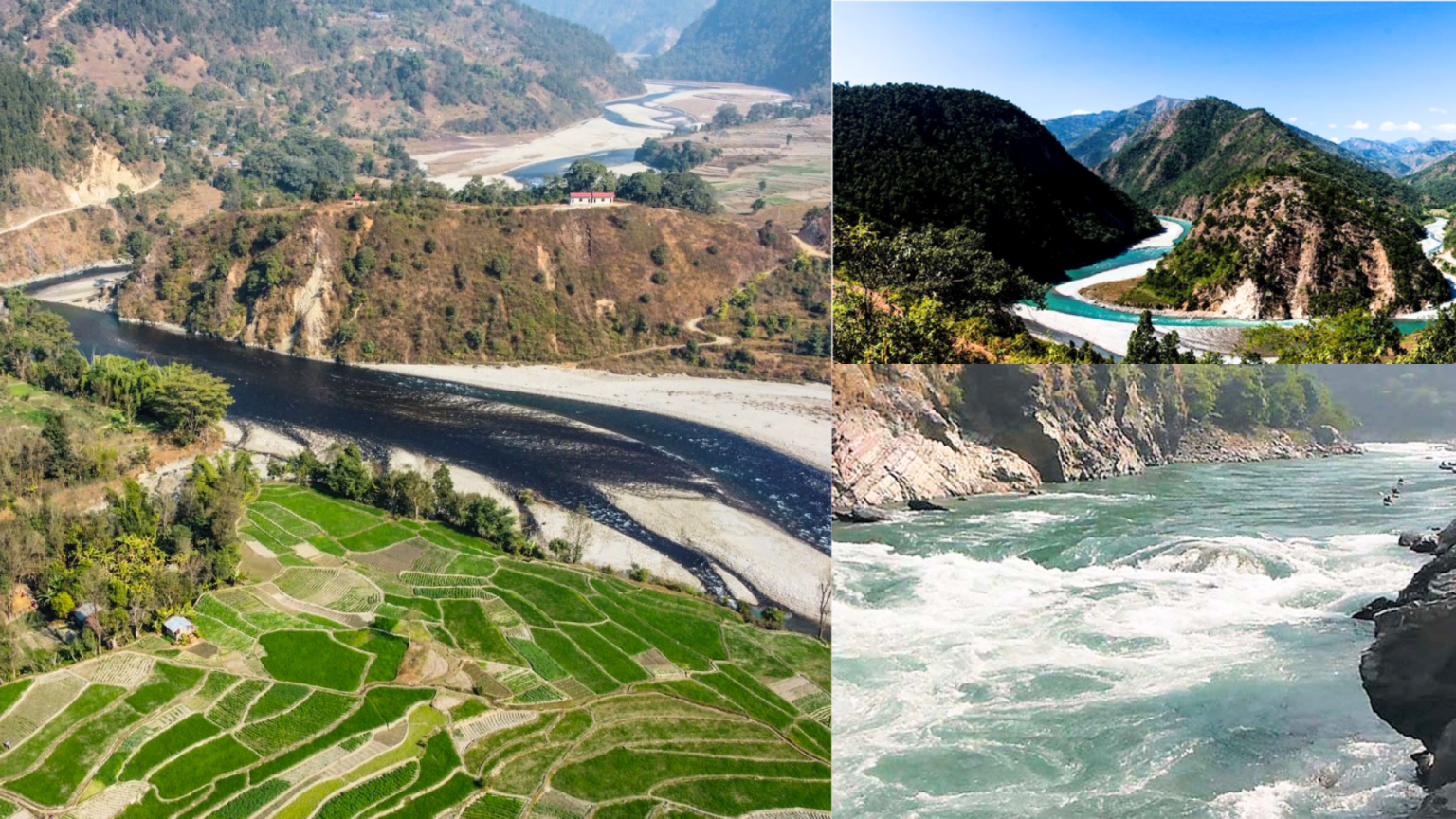
During the dry season of the current financial year (2079/80), up to 500 megawatts were wasted every day due to the fact that all the electricity produced by the indigenous hydropower plants could not be consumed.
However, now, in the dry season, the flow of water in the rivers and streams is reduced and the power generation capacity of the hydroelectric power plant is reduced, so we have to import up to 500 megawatts of electricity from India and arrange the supply management.
According to the Nepal Electricity Authority, on Tuesday there was 1,642 megawatt (30,808 megawatt hours) electricity demand, 6,935 megawatt hours from the authority’s power projects, 2,616 megawatt hours from power projects built through the authority’s subsidiaries, and private sector power projects. While the electricity supply is 8 thousand 532 megawatt hours, the demand has been managed by importing 11 thousand 562 megawatt hours of electricity from India.
This figure of the Electricity Authority shows that even though the country’s electricity capacity has reached about 2500 megawatts, India is forced to rely on electricity to manage the electricity demand of the dry season. However, due to the addition of private sector hydropower projects including Upper Tamakosi to the power transmission system, the amount of electricity import is decreasing. However, the need to import in winter has not ended yet. If you look at the electricity authority’s data on Tuesday, 37.5 percent of the total electricity demand is imported from India.
Electricity Authority spokesperson Suresh Bhattarai says that due to the imbalance between the demand and supply of electricity in winter, they have to import it from India and arrange the supply management. “If there was a balance between run-of-river (ROR) and reservoir hydropower projects, there would be no need to import. Reservoir hydropower projects have a small share in our transmission system, and there is a need to import electricity from India during peak hours of high demand,” he says. If it had been, there would have been no need to import even in winter. However, the energy mix in our system is low, the peaking project is contributing to the balance of the transmission system.
The only reason for India’s dependence on electricity is the weak capacity of reservoir hydropower projects in Nepal, even though the installed capacity is more than the total demand. Although the current total installed capacity is 2500 MW, the share of reservoir hydropower projects is less than 5 percent.
40 years ago i.e. 60 MW Kulekhani-1 hydroelectric project was built in 2039, then Kulekhani of 32 MW became the second in 2043 as a cascade project to use the water released by Kulekhani-1. Only a few years ago, Kulekhani, another cascade project of 14 megawatts, became Kulekhani’s third. However, after the establishment of multi-party democracy in the country, no large reservoir hydropower projects could be built. Although 4 decades have passed since the construction of the first reservoir hydroelectric project, the government has not taken serious interest in building another reservoir project, so India has to rely on electricity during the dry season.
Energy expert Arun Subedi says that the main weakness of the strategic and development policy is that Nepal has not been able to construct a single reservoir hydropower project after the Panchayakal period. “The appropriate vision of the government has not been reached in the construction of the reservoir hydropower project,” he said.
The capacity of reservoir hydropower projects in Nepal is more. Japan’s International Cooperation Agency (JICA) identified several reservoir hydropower projects in 1985. It studied further in 2014. It studied the technical and economic feasibility of 67 reservoir hydropower projects in Nepal with a capacity of 35,000 megawatts.
A study conducted by the Water and Energy Commission 3 years ago also showed that there are 27 reservoir hydropower projects in Nepal with a total of 48,145 megawatts. Even though so many reservoirs have been identified through the study of hydropower projects, there is a danger that this capacity will decrease due to the fact that they cannot be built on time and roads and cities are built in the areas where the reservoir projects have been identified. Currently, the construction of reservoir hydropower projects with a capacity of more than 5,000 megawatts is being discussed, but the process of construction of other projects, except for the 140 megawatt Tanahun, has not progressed.
Commitment on paper, laziness in execution
In recent years in Nepal, rather than construction, it seems that there is only a competition to publicize plans for the construction of reservoir hydropower projects. The 10-year hydropower development plan, 2065, brought by the Ministry of Water Resources at that time, announced the plan to construct 1600 megawatt reservoir hydropower projects in Budhigandaki, Nalasinggad, Upper Seti and Dudhkoshi within 10 years.
Likewise, the Ministry of Energy has put forward a plan to build 18,34 megawatt reservoir hydropower projects including Sunkoshi II, Karnali Chisapani, Saptakoshi, Bheri within 20 years, i.e. by 2019.
In the National Energy Crisis Relief Plan introduced in 2072, an ambitious plan to generate 5,373 megawatts of electricity from 11 reservoir hydropower projects in 10 years was put forward. According to the plan, 11 large and small reservoir hydropower projects should have been completed within the financial year 2082/83. Only two and a half years are left for the period specified in the Ministry’s plan. However, looking at the current situation, only 140 megawatts of hydropower projects will be built. There is no chance of any other reservoir hydropower project.
In the plan of the Ministry, it was announced to construct 3 reservoir hydroelectric projects of 300 MW Uttarganga, 300 MW Dudhkoshi, 1200 MW Budhigandaki, 750 MW Paschim Seti, 692 MW Tamor, 536 MW Sunkoshi. Not only that, Khimti Those of 500 MW, Lamtang of 300 MW, Naumure of 245 MW, Nalsinghgad of 410 MW and other reservoir hydropower projects were set to be completed within 2082.
Likewise, in the year 2075, in the current situation and future roadmap of the energy, water resources and irrigation sector, the Ministry of Energy announced the goal of producing 15,000 megawatts in 10 years. The plan for the construction of the reservoir hydroelectric project was put forward. Karnali Chisapani, which has been in discussion for 50 years, has been mentioned in the plan to prepare a detailed study and financial management and development modality within 5 years.
Similarly, the announcement of construction of 762 MW Tamor and 800 MW Dudhkoshi in Kosi Province, 1110 MW Sunkoshi 2536 MW Sunkoshi 3500 MW Khimti Shivalaya and 111 MW Kokhajor Reservoir Hydropower Project in Bagmati Province was done.
Similarly, in Gandaki Pradnesh, it was announced to proceed with 1200 MW Budhi Gandaki, 140 MW Upper Seti (now Tanahun) Seti, 828 MW Uttarganga and 180 MW Andhi Khola Reservoir hydropower projects.
Similarly, the Naumure 245 MW in Lumbini Province, Madi 2253 MW in Kaligand with 870 MW and Upper Jhimruk with 100 MW and Nalgarh with 410 MW in Karnali Province and West Seti with 750 MW in Sudurpaschim Province have been launched. An announcement was also made. Although the government has prioritized reservoir hydropower projects, all of them have been limited to paper so far.
Krishna Prasad Acharya, President of Independent Energy Producers Association, Nepal (IPAN), says that the reservoir hydropower project has not progressed as expected due to the government’s tendency to only announce and not implement.
“According to the plan introduced in 2072, if one-third of the reservoir hydropower project had been built, there would have been no need to import electricity from foreign countries during the winter,” he said.
Indifference of the government to build the reservoir project
In the white paper brought in 2075, less than 3 years after the Ministry of Energy, Water Resources and Irrigation introduced the Energy Crisis Relief Plan; the goal of increasing the electricity capacity to 15,000 megawatts in 10 years has been set. In the White Paper, the government had announced that 30 to 35 percent of the reservoir and pops storage hydropower project would be built by creating a mixed energy production (generation mix) concept of electricity generation. The share of Arthajalayash ie Picking Runoff River project was set to be 25 to 30 percent.
Similarly, it was announced that the share of run-of-river (ROR) projects will be around 30 to 35 percent and 5 to 10 percent of power projects will be constructed in the system from other alternative sources. However, now the share of ROR has been increased to 50 percent. The reservoir hydropower project share has been reduced. Recently, the Board of Directors meeting of the Electricity Authority has decided to open a Power Purchase Agreement (PPA) for an additional 1,500 MW ROR project by implementing the government’s decision to add 10 percent of the lead from the reservoir hydropower project to the ROR project.
In the white paper issued by the ministry, an ambitious plan to build one province, one mega project was put forward. However, even after 4 years have passed since the white paper was issued, the announcement of the construction of one province, one reservoir hydropower project mentioned in the white paper has not been implemented. Reservoir hydropower projects that are said to be carried forward are also stalled.
Budhigandaki: The 1200 megawatt Bugandaki hydropower project spent nearly a decade in the process of letting foreign companies build it and taking it away. The meeting of the Council of Ministers held on Chait 24, 2078 had decided to take over the Budhigandaki Reservoir Hydropower Project from the Chinese company China Gejuwa Water and Power Group Company Limited (CJIGC) and build it with indigenous investment. The meeting of the Council of Ministers held on 14th June 2079 decided to build Budhigandaki Reservoir Hydropower Project through indigenous investment and company model.
Based on the same decision, the Ministry of Energy has also registered a public company to build the Budhigandaki Reservoir Hydropower Project on 17 August. However, unfortunately, the company has not been able to do its work due to the lack of a budget of one crore rupees. It is mentioned that the authorized capital of the proposed company will be 60 billion rupees. It is said that the authorized capital will be divided into 600 million ordinary shares at the rate of 100 rupees per share. Similarly, it is mentioned in the management letter that the immediate issued capital of the company will be 20 billion rupees. It is estimated that the cost of this project will be around 3 billion.
Paschim Seti: Another 750 MW reservoir hydropower project that has been stalled for three decades is Paschim Seti. The Australian company Snowy Mountain Corporation (SMEC) had occupied West Seti for 16 years. After that, this project was also occupied by the Chinese company Three Gorges International Corporation for 6 years. As the Chinese company also failed to build, now the Indian company has taken the permit for this reservoir hydropower project. Last August, a memorandum of understanding was signed between the Investment Board of Nepal and the Indian company NHPC to conduct a detailed study of the West Seti Reservoir Hydropower Project. Now the Indian company has taken the permission of Paschim Seti to complete the detailed study within 2 years.
Dudhkoshi: The Nepal Electricity Authority is preparing to proceed with the 635 MW Dudhkoshi Reservoir Hydropower Project. The authority aims to build this project with the help of the Asian Development Bank (ADB). Currently, land acquisition for Dudhkoshi Reservoir Hydropower Project is underway. This project is likely to go into construction soon. The cost of this project is estimated to be 2 billion 200 million US dollars. Not only Budhigandaki, Dudhkoshi and Paschim Seti, many reservoir hydropower projects have also been progressed.
Madhu Vetuwal, the spokesperson of the Ministry of Energy, Water Resources and Irrigation claims that the necessary process of the Dudhkoshi, Budhigandaki and Nalgad Reservoir hydropower projects is progressing recently. “Due to the Covid-19 epidemic, the work of reservoir hydropower projects could not progress much,” he said, “soon, the construction process of the reservoir hydropower project will proceed by arranging investment sources.” He argues that the work is not going according to plan.
Kulman Ghising, executive director of the Electricity Authority, also says that many reservoir hydropower projects are now underway. The authority is also advancing large-scale reservoir hydropower projects. Currently, the 140 MW Tanahun Reservoir Hydropower Project is under construction. The authority is working to acquire the land of 635 MW Dudhkoshi.” He says, “In Budhigindaki too, 40 billion rupees have been spent on land acquisition and acquisition, so now this project will also go into construction.”
He argued that since the reservoir hydropower project will be a little expensive in terms of cost, more budget is needed for more expensive investments, so far work has not been done at a fast pace. He says that the issue of re-settlement in the affected areas of the reservoir hydropower project will also cause problems in the construction.
Reservoir hydroelectric project construction challenging
The main challenge of construction of reservoir hydropower project is settlement relocation and compensation and distribution of compensation to project affected areas. On the one hand, building a reservoir hydropower project requires a lot of investment resources. On the other hand, the cost is more expensive than ROR. As a result, investment in reservoir hydropower projects requires a large cost. The private sector hesitates to invest in reservoir hydropower projects because the investment is high and the returns are low. High and complex dams and dams have to be constructed in reservoir hydropower projects.
Kumar Pandey, the advisory coordinator of Independent Energy Producers Association of Nepal (IPANKA), says that during the construction of the reservoir hydropower project, the settlements will be flooded and a large amount of money will have to be spent on relocation and compensation. He says, “Reservoir hydropower project costs are high and returns are low, so investment is not coming.”
Reservoir hydropower projects are more expensive because high dams have to be built and the construction of other structures requires the settlement of some areas. Reservoir hydropower projects should be carried out not only as an electricity project, but as a multi-purpose project, he said. Rewards can be obtained.’
By creating additional opportunities for irrigation, fisheries, water transport, flood control and tourism, the reservoir hydropower project can be made a source of considerable income. Apart from mitigating disasters caused by floods during rainy season, the construction of reservoir hydropower project can provide economic value by storing the same water.
It is not impossible to build a reservoir hydroelectric project
If the government is as revolutionary in planning as it is in implementation, the construction of reservoir hydropower projects is not impossible. For this, investment management and implementation capabilities are essential. ‘However, the argument that this problem is seen as an obstacle,’ the former vice president of the National Planning Commission and economist Dr. Bishwo Paudel.
Reservoir hydropower project financial management is challenging, for this we need to raise a large amount of money, we only have the financial ability to distribute compensation. Nepal can build itself.’ He says, “For the construction of a reservoir hydropower project, both financial and managerial capacity are necessary, Nepal can build it by itself by using foreign investment and implementation capacity with experience.”
He argued that the construction of the reservoir hydropower project could not be accelerated due to the person only ta lking who said that they would build a large reservoir hydropower project of 1200 megawatts even though there is no capacity. Electricity Authority has shown a profit of 16 billion, he has experience and money; he can make it by taking loans. However, how could it be done when the contract was infatuated in the ministry?
Currently, although the private sector is constructing the ROR project, the construction of the reservoir hydropower project has not progressed significantly. The electricity authority has fixed the power purchase rate for reservoir hydropower projects at 12.40 per unit. Some private sectors have already applied for reservoir hydropower projects in the Power Development Department.
Spring Hydro Energy has applied for a study permit to build a 300 MW Veri-4 Reservoir Hydropower Project in Kartik 2079. This month, Mathadev Ventures has applied for a permit for the 500 MW Jhumsakhola Reservoir Hydropower Project.
Similarly, Annapurna Energy has already applied for the 95 MW Giddi Khola Reservoir Hydropower Project. Although the desire of the private sector to invest in reservoir hydropower projects is a positive aspect, it does not seem to have progressed in terms of returns.
IPAN President Acharya says that the private sector will move forward to invest if the government will relocate the settlements in the affected areas of the reservoir hydropower project and provide relocaation and compensation. “The private sector is afraid to invest in the reservoir hydropower project because of the low commercial returns,” he said. He said, “If the government arranges for compensation and compensation, the private sector is ready to invest in the reservoir hydropower project, bearing the risk.”
Dinesh Ghimire, Secretary of the Ministry of Energy, Water Resources and Irrigation, says that since the private sector is making leaps and bounds in the construction of ROR projects, there is a need to invest in reservoir hydropower projects as well. “We are working to create a suitable environment for the private sector to enter the reservoir hydropower project. It is necessary for the private sector to invest in the reservoir hydropower project.”
Hence the need for Reservoir Hydropower Project
The report prepared under the coordination of the then vice-chairman of the National Planning Commission Sworneem Wagle to prepare the blueprint for the investment in Budhigandaki Reservoir Hydropower Project, for the effective operation of the country’s electricity system and the balance between the demand and supply of electricity, the need to build medium and large reservoir hydropower projects to collect rainwater in reservoirs and use them for electricity generation in winter Pointed out.
“In the perspective that the hydropower project being built by the private sector does not have a reservoir, the flow of water in the rivers will decrease during the dry season and the electricity production will decrease accordingly,” the report said. It is necessary to build reservoir hydropower project development.’
Run-of-the-river hydropower projects cannot address Nepal’s year-round electricity demand and supply. Because of this, the need for reservoir hydropower project has become inevitable. Due to the lack of construction of reservoir hydropower projects in Nepal, there is a compulsion to meet the demand by importing electricity needed during winters from India. On the other hand, due to the fact that the electricity exported to foreign countries is available only during the dry season, the environment for exporting by long-term contracts has not been created.
Energy expert Subedi claims that the electricity produced by Nepal’s reservoir projects will be needed by neighboring countries India and Bangladesh during peak hours. It seems that both the neighboring countries will need the electricity generated from the reservoir hydropower project in Nepal within some time. If both countries can have an agreement to sell electricity for peak hours, then the door can be opened to do business in off-peak hours as well,” he said.
He says that the main ‘potential’ of Nepal’s hydropower project is the reservoir hydropower project and unless large-scale reservoir hydropower projects are built, electricity cannot be sold regularly. Secretary Dinesh Kumar Ghimire argued that for Nepal to be self-sufficient in terms of energy security, there is no alternative to building reservoir hydropower projects, and since Nepal is a country with a high risk of climate change, special attention should be paid to energy mix.
Nepal should not depend only on one type of energy source. Relying on only one source of energy can lead to accidents at any time,” he said. “Nepal should not lag behind not only in reservoirs, earth reservoirs and ROR hydropower projects and solar and wind energy, but also in purchasing cheap energy available at the international level,” he says.
Reservoir hydropower projects are considered important for energy security. It has also been argued that Nepal cannot become self-sufficient in energy until the reservoir hydroelectric project is built. Ghising, Executive Director of the Electricity Authority, claims that even if the reservoir hydroelectric project is not built within 2 years, it can be self-sufficient through internal power generation in winter.
‘Reservoir hydropower project is essential for Nepal. To manage the internal consumption of winter and to keep the system stable and to export electricity to the neighboring countries even during the dry season, a reservoir hydropower project should be made,’ he said.


